Home>Articles>How Do I Convert A Recipe For A Slow Cooker To An Electric Pressure Cooker
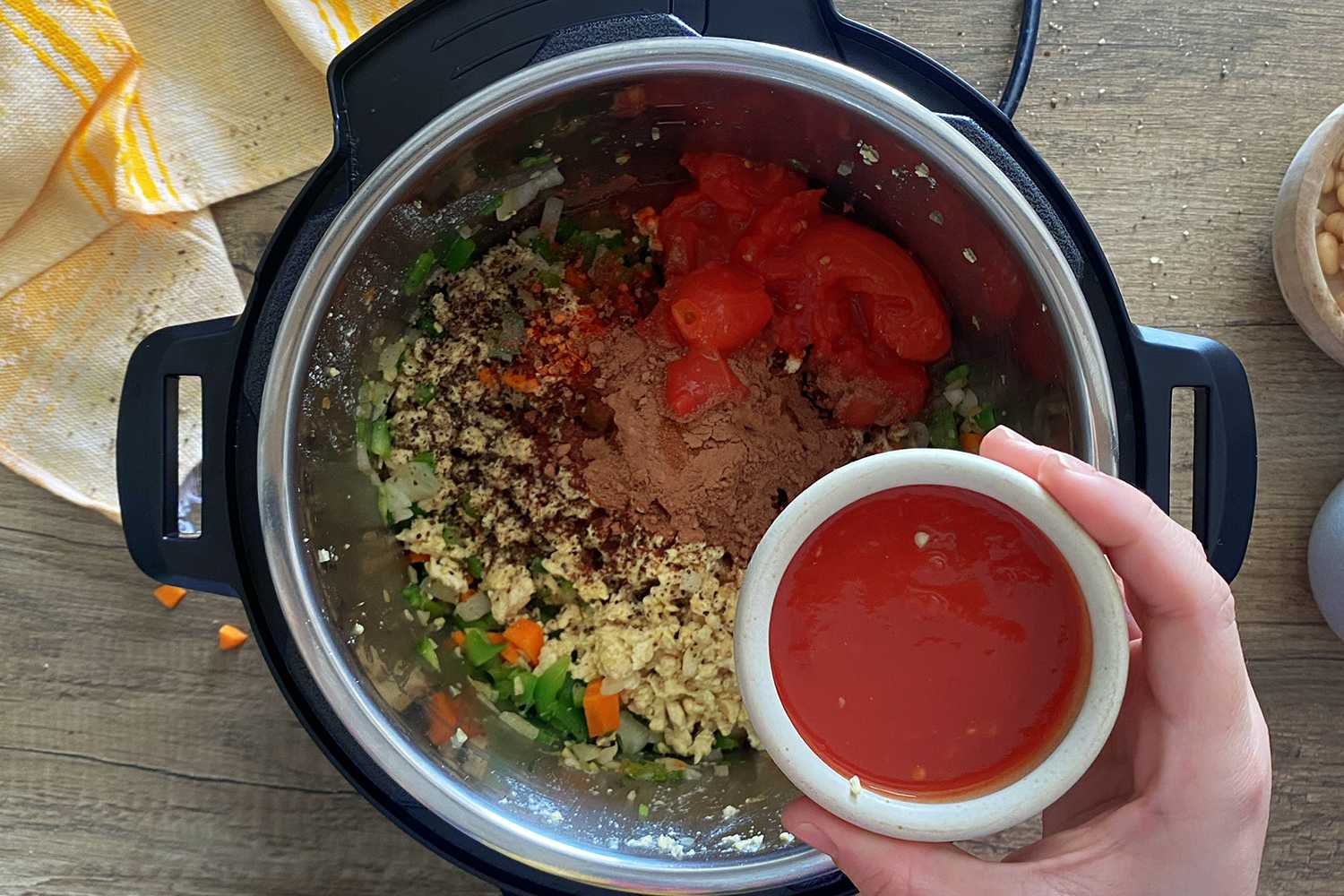

Articles
How Do I Convert A Recipe For A Slow Cooker To An Electric Pressure Cooker
Modified: February 21, 2024
Learn how to easily convert your favorite slow cooker recipes to electric pressure cooker recipes with this helpful article.
(Many of the links in this article redirect to a specific reviewed product. Your purchase of these products through affiliate links helps to generate commission for Storables.com, at no extra cost. Learn more)
Introduction
In the world of modern cooking, there are a wide variety of kitchen appliances available to simplify meal preparation. Two of the most popular options are the slow cooker and the electric pressure cooker. Both of these appliances can be incredibly useful for busy individuals or those who want to create delicious, flavorful dishes with minimal effort.
However, there may be times when you come across a mouthwatering recipe that specifically calls for a slow cooker, but you only have an electric pressure cooker on hand. Don’t worry! With a few simple adjustments, you can easily convert a slow cooker recipe to be compatible with your electric pressure cooker.
In this article, we will delve into the differences between slow cookers and electric pressure cookers, outline the necessary steps to convert a slow cooker recipe, and provide important tips for successful recipe conversions. By the end of this article, you’ll have all the knowledge and confidence you need to adapt any slow cooker recipe for your electric pressure cooker.
So, if you’re ready to unlock the full potential of your electric pressure cooker and expand your culinary repertoire, let’s dive in!
Key Takeaways:
- Convert slow cooker recipes to electric pressure cooker by adjusting cooking times, liquid amounts, and ingredient preparation techniques. Embrace the convenience and versatility of your electric pressure cooker for quick, flavorful meals.
- Familiarize yourself with your electric pressure cooker, keep a recipe conversion log, and experiment with different recipes to gain confidence in converting slow cooker recipes. Enjoy the convenience of faster cooking times without compromising on flavor and quality.
Understanding the Differences Between Slow Cookers and Electric Pressure Cookers
Before we convert a recipe from a slow cooker to an electric pressure cooker, it’s important to understand the key differences between these two appliances. While both devices are designed to make cooking easier and more convenient, they operate in distinct ways.
A slow cooker, also known as a Crock-Pot, cooks food at a low and steady temperature over a long period of time. This gentle and prolonged cooking method allows flavors to meld together and meat to become tender. Slow cookers are perfect for hearty stews, roasts, and soups.
On the other hand, an electric pressure cooker, often referred to as an Instant Pot, uses high pressure and heat to quickly cook food. It traps steam and increases the boiling point of water, resulting in significantly reduced cooking times. Electric pressure cookers excel at making quick, flavorful meals, and can even be used for canning or preserving.
When converting a slow cooker recipe to an electric pressure cooker, we need to account for these differences in cooking techniques. The main areas of adjustment include cooking times, liquid amounts, and ingredient preparation techniques.
Next, we will explore each of these aspects in detail and guide you through the process of adapting a slow cooker recipe for your electric pressure cooker.
Steps to Convert a Recipe from a Slow Cooker to an Electric Pressure Cooker
Converting a recipe from a slow cooker to an electric pressure cooker may seem daunting at first, but with these simple steps, you’ll be able to effortlessly adapt any recipe to suit your electric pressure cooker:
1. Read the recipe thoroughly: Before starting the conversion process, carefully read the original slow cooker recipe. Understand the cooking method, ingredients, and cooking times specified.
2. Assess the cooking time: Slow cookers typically require long cooking times, while electric pressure cookers offer much faster cooking times due to the higher pressure and heat. As a general rule, you can reduce the cooking time by approximately 70% when using an electric pressure cooker. For example, if a slow cooker recipe calls for 8 hours of cooking, you can estimate that it will take around 2-3 hours in an electric pressure cooker.
3. Adjust the liquid amount: Electric pressure cookers require less liquid compared to slow cookers because the sealed environment prevents evaporation. Reduce the liquid by about 1/4 to 1/3 of the original recipe’s amount. Keep in mind that certain ingredients release liquid during cooking, so adjust accordingly.
4. Modify ingredient preparation techniques: In slow cookers, ingredients are often placed raw into the pot and left to cook slowly. However, in an electric pressure cooker, ingredients cook under high pressure, so it’s essential to pre-cook certain ingredients like onions, garlic, and meat to ensure optimal texture and flavor. Sauté these ingredients using the sauté function on your electric pressure cooker before proceeding with the recipe.
5. Follow the pressure cooking instructions: Once you have made the necessary adjustments, follow the recipe as usual, but be sure to adjust the cooking time according to the reduced timeframe. Ensure that the pressure release valve is set to “Sealing” and select the appropriate pressure cooking settings.
By following these steps, you can confidently convert a slow cooker recipe to be compatible with your electric pressure cooker. Enjoy the convenience of faster cooking times without compromising on flavor and quality.
Adjusting Cooking Times
One of the key differences between slow cookers and electric pressure cookers is the cooking time. Slow cookers rely on low and gentle heat over an extended period, while electric pressure cookers work by trapping steam and cooking food rapidly under high pressure. When converting a recipe from a slow cooker to an electric pressure cooker, it’s crucial to adjust the cooking time to ensure that your dish is cooked to perfection.
The general rule of thumb when adapting a slow cooker recipe to an electric pressure cooker is to reduce the cooking time by approximately 70%. For example, if a slow cooker recipe calls for 8 hours of cooking, you can estimate that it will take around 2-3 hours in an electric pressure cooker. However, it’s essential to keep in mind that this is just a guideline, and the exact cooking time may vary depending on the recipe and the specific electric pressure cooker you are using.
To determine the appropriate cooking time for your converted recipe, consider the following factors:
1. Recipe instructions: Start by carefully reading and understanding the original slow cooker recipe instructions. Note the suggested cooking time and temperature.
2. Size and type of ingredients: Consider the size and type of ingredients in your recipe. Larger, tougher cuts of meat may require a longer cooking time, while smaller ingredients like vegetables may cook faster.
3. Desired texture: Think about the texture you want to achieve. If you prefer your meat to be falling-apart tender, you may want to opt for a longer cooking time. If you’re looking for a slightly firmer texture, you can reduce the cooking time slightly.
4. Original slow cooker recipe results: Keep in mind the results you have achieved with the original slow cooker recipe in terms of tenderness and flavor. This will give you a baseline to work with when adjusting the cooking time.
Being vigilant and attentive while adapting the cooking time is crucial to avoid overcooking or undercooking your dish. It’s always better to err on the side of caution and check the doneness of your dish using a food thermometer or by visually inspecting the ingredients.
By adjusting the cooking time to suit your electric pressure cooker, you’ll be able to enjoy the same delicious flavors and tender textures achieved in the slow cooker, but in a fraction of the time.
When converting a slow cooker recipe to an electric pressure cooker, reduce the cooking time by about 70-80% and use at least 1 cup of liquid to ensure proper pressure buildup.
Modifying Liquid Amounts
When converting a recipe from a slow cooker to an electric pressure cooker, it’s important to make adjustments to the amount of liquid used. Slow cookers rely on long cooking times and a covered environment, which allows for liquid to slowly evaporate and flavors to meld together. Electric pressure cookers, on the other hand, operate under high pressure and utilize a sealed environment, resulting in minimal evaporation. As a result, less liquid is required in the cooking process.
To modify the liquid amounts in your converted recipe, follow these guidelines:
1. Reduce the liquid: Start by reducing the amount of liquid used in the original slow cooker recipe. A general rule of thumb is to decrease the liquid by approximately 1/4 to 1/3 of the original recipe’s amount. This reduction takes into account the limited evaporation in the electric pressure cooker.
2. Consider ingredient moisture: Take into account the moisture content of the ingredients in your recipe. Certain ingredients, such as tomatoes, vegetables, and proteins, release liquid during cooking. Adjust the liquid amount accordingly, keeping in mind that these ingredients will contribute to the overall liquid content of the dish.
3. Use less thickening agents: Slow cooker recipes often rely on thickeners like flour or cornstarch to achieve the desired consistency. In an electric pressure cooker, the high pressure cooking method helps naturally thicken sauces and gravies. Consider reducing or omitting the amount of thickening agents used in the original recipe, as they may not be necessary.
4. Adapt for sauces and soups: If you’re converting a recipe that is heavily reliant on liquids, such as sauces or soups, you may need to further adjust the liquid amounts. It’s always a good idea to start with less liquid and add more if needed. Remember that you can’t remove excess liquid once it is added, so erring on the side of caution is recommended.
When modifying the liquid amounts, be mindful of maintaining the desired flavors and textures in your dish. The reduced evaporation in the electric pressure cooker can result in a more concentrated flavor, so ensure the dish doesn’t become overly intense or too thick.
By modifying the liquid amounts appropriately, you’ll achieve the right balance of flavors and textures in your converted recipe, ensuring a delicious and satisfying meal from your electric pressure cooker.
Adapting Ingredient Preparation Techniques
When converting a recipe from a slow cooker to an electric pressure cooker, it’s important to adapt the ingredient preparation techniques to ensure optimal results. Unlike slow cookers, which allow ingredients to gradually cook and meld together, electric pressure cookers require a different approach due to their rapid cooking method. By following these guidelines, you can adapt the ingredient preparation techniques for your converted recipe:
1. Pre-cook certain ingredients: Electric pressure cookers work best when ingredients are pre-cooked before being pressure cooked. For example, onions, garlic, and meats can be sautéed or browned using the sauté function on your electric pressure cooker to develop deeper flavors before pressure cooking. This step will enhance the overall taste of your dish.
2. Cut ingredients to the correct size: Take into consideration the cooking time of different ingredients. Dense vegetables, such as potatoes or carrots, may need to be cut into smaller pieces to ensure they cook evenly within the reduced cooking time of an electric pressure cooker. More delicate vegetables, like zucchini or mushrooms, may require less cooking time, so cutting them into larger chunks can help maintain their texture.
3. Layer ingredients strategically: Layering ingredients in an electric pressure cooker can affect the overall outcome of your dish. Start with sturdy ingredients at the bottom, such as meat or root vegetables, and layer more delicate ingredients, like leafy greens or herbs, on top. This ensures that the bottom ingredients receive ample cooking time and prevent overcooking or turning mushy.
4. Time-sensitive ingredients: Keep in mind that ingredients that cook quickly, such as seafood or tender vegetables, should be added to the electric pressure cooker towards the end of the cooking process to prevent them from becoming overcooked or losing their texture.
Adapting the ingredient preparation techniques allows you to maximize the full potential of your electric pressure cooker and create flavorful dishes with the perfect balance of textures. By incorporating these adjustments into your recipe conversion, you’ll be able to achieve delicious results that rival those of a slow cooker.
Important Tips for Successful Recipe Conversions
Converting a recipe from a slow cooker to an electric pressure cooker can be a breeze with the right techniques and tips. To ensure a successful conversion and delicious results, consider the following tips:
1. Familiarize yourself with your electric pressure cooker: Before attempting to convert a recipe, take the time to familiarize yourself with your specific electric pressure cooker model. Read the instruction manual thoroughly and understand its various functions and settings. This will help you make precise adjustments during the conversion process.
2. Start with a trusted slow cooker recipe: Beginners may find it easier to start with a tried-and-true slow cooker recipe before attempting to convert more intricate dishes. This way, you’ll have a clear baseline to work from, making it easier to gauge the necessary adjustments.
3. Keep a recipe conversion log: As you convert recipes, keep a conversion log to note any modifications you make, including adjustments to cooking times, liquid amounts, and ingredient preparation techniques. This log will serve as a reference for future conversions and allow you to fine-tune your techniques over time.
4. Taste and adjust seasonings: The flavors of a dish can vary between slow cookers and electric pressure cookers. After converting a recipe, taste the dish and adjust the seasonings accordingly. You may need to add more salt, spices, or herbs to achieve the desired taste profile.
5. Don’t overfill the electric pressure cooker: Be mindful not to overfill your electric pressure cooker. Always follow the manufacturer’s guidelines for maximum fill levels. Overfilling can affect the cooking time and result in unevenly cooked food.
6. Use natural pressure release: When cooking meats or dishes with delicate ingredients, opt for natural pressure release after the cooking time is complete. This allows for a gradual release of pressure, helping to preserve the texture and tenderness of the ingredients.
7. Experiment and learn from experience: As with any cooking technique, practice makes perfect. Don’t be afraid to experiment with different recipes and flavors. Learn from your experiences and adjust your techniques accordingly. Soon, you’ll become confident in converting a variety of slow cooker recipes to your electric pressure cooker.
By following these tips, you’ll be well on your way to successfully converting slow cooker recipes to suit your electric pressure cooker. With practice and a bit of creativity, you’ll be able to enjoy a wide range of flavorful and effortless meals using this versatile kitchen appliance.
Conclusion
Converting a recipe from a slow cooker to an electric pressure cooker opens up a world of possibilities for quick and delicious meals. By understanding the differences between these two appliances and following the necessary steps, adjusting cooking times, modifying liquid amounts, and adapting ingredient preparation techniques, you can seamlessly adapt any slow cooker recipe for your electric pressure cooker.
The key to successful recipe conversion lies in familiarity with your electric pressure cooker, careful adjustments to cooking times, thoughtful modifications to liquid amounts, and strategic changes to ingredient preparation techniques. Through practice and experimentation, you’ll gain confidence in converting a variety of recipes and achieving outstanding results.
Remember to keep a conversion log and taste your dishes to make adjustments to seasonings. Additionally, be mindful of not overfilling the electric pressure cooker and utilize natural pressure release when needed.
Converting a recipe from a slow cooker to an electric pressure cooker allows you to enjoy the convenience of faster cooking times without compromising on flavor and quality. With this valuable skill, you’ll be able to create a range of hearty stews, tender roasts, and flavorful soups in a fraction of the time.
So, embrace the versatility of your electric pressure cooker, unlock its full potential, and let your culinary imagination run wild. Convert, cook, and savor a world of possibilities as you effortlessly recreate your favorite slow cooker recipes with the convenience of an electric pressure cooker at your fingertips.
Frequently Asked Questions about How Do I Convert A Recipe For A Slow Cooker To An Electric Pressure Cooker
Was this page helpful?
At Storables.com, we guarantee accurate and reliable information. Our content, validated by Expert Board Contributors, is crafted following stringent Editorial Policies. We're committed to providing you with well-researched, expert-backed insights for all your informational needs.
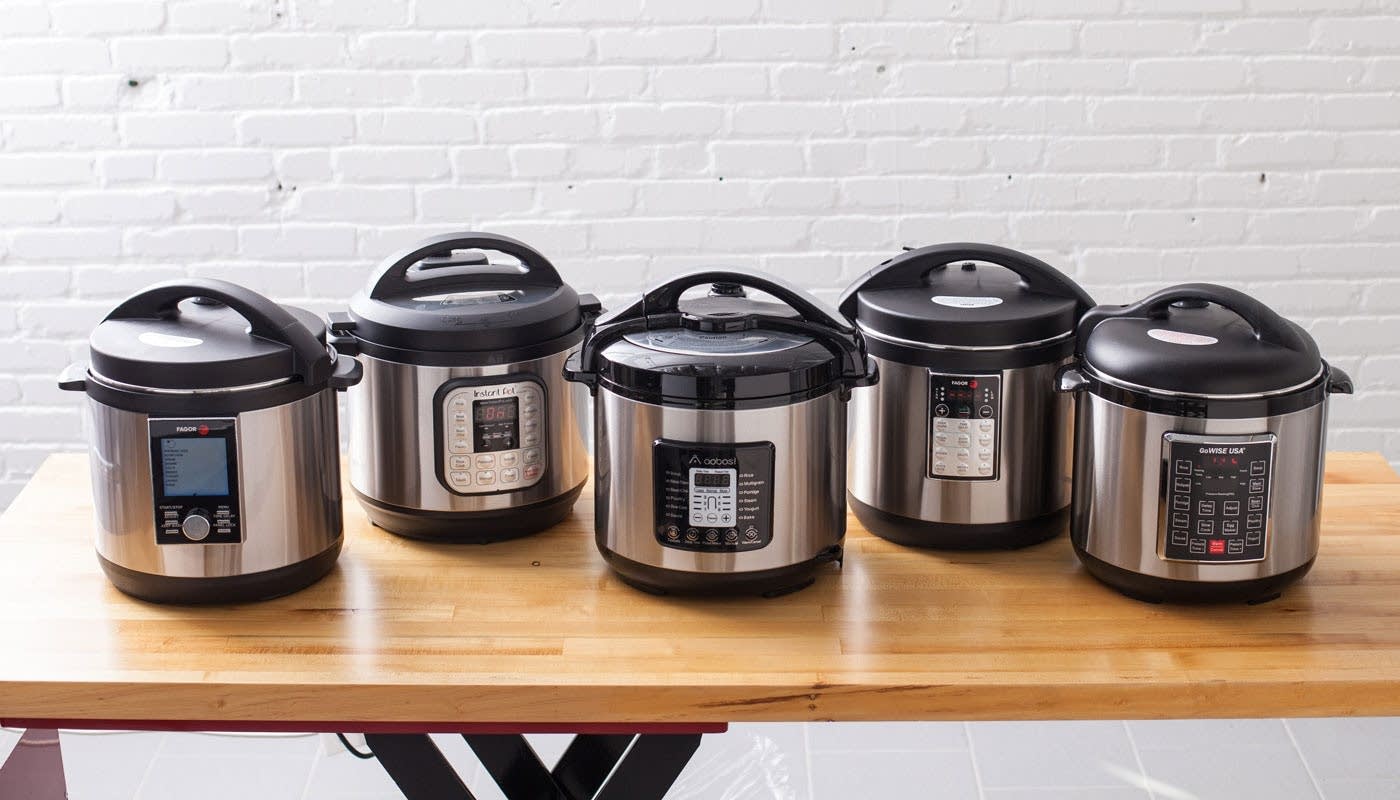
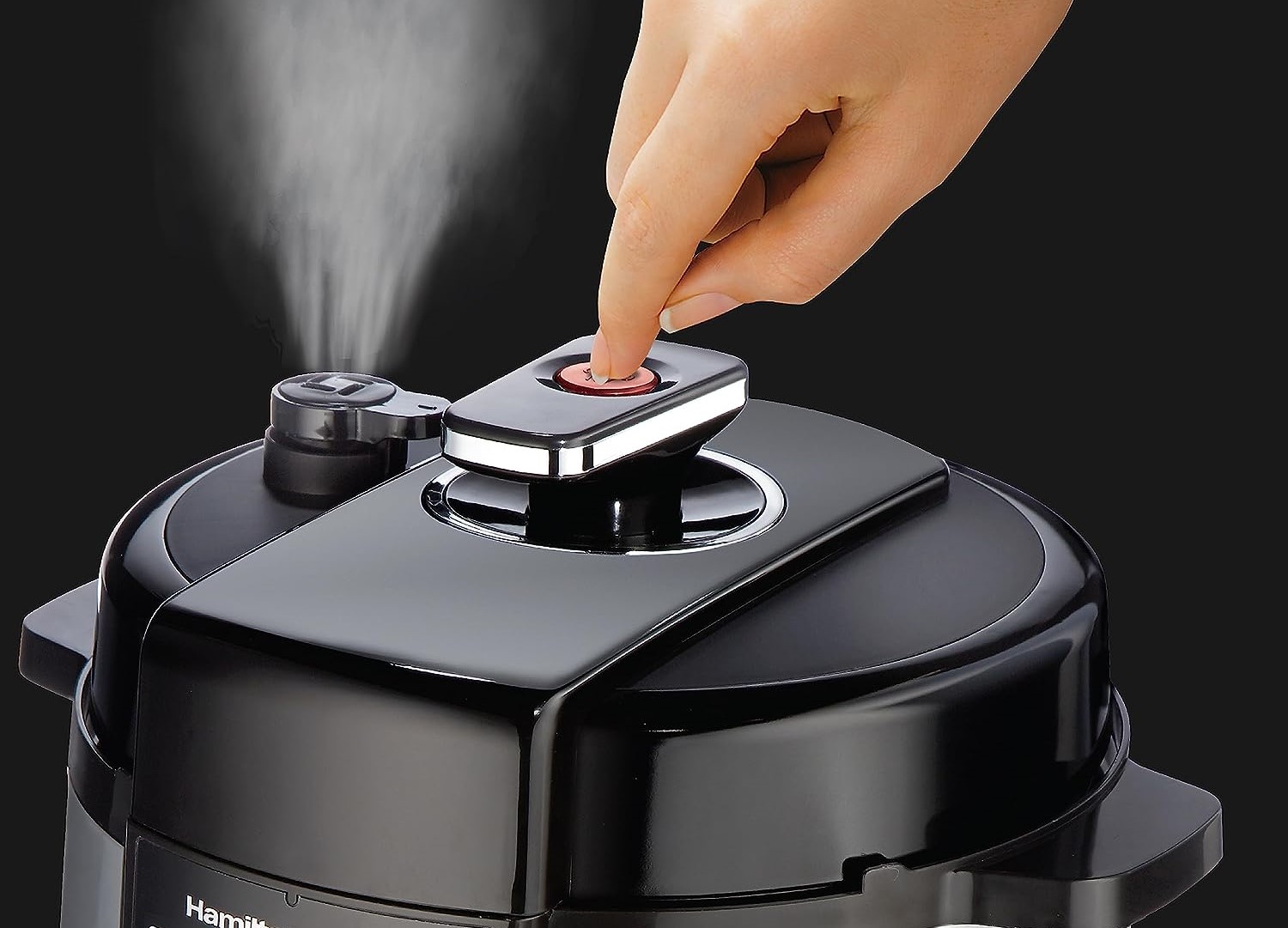
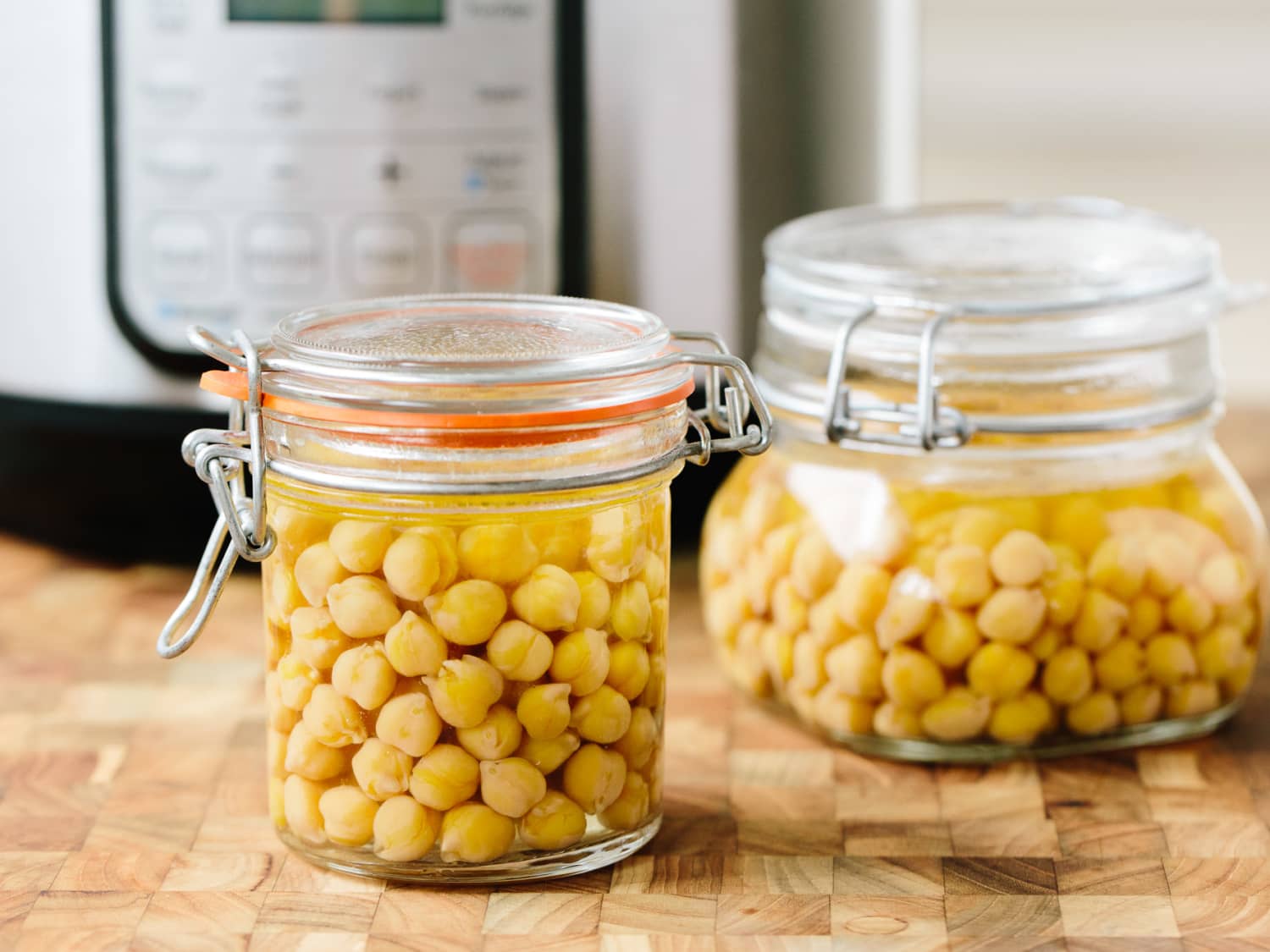
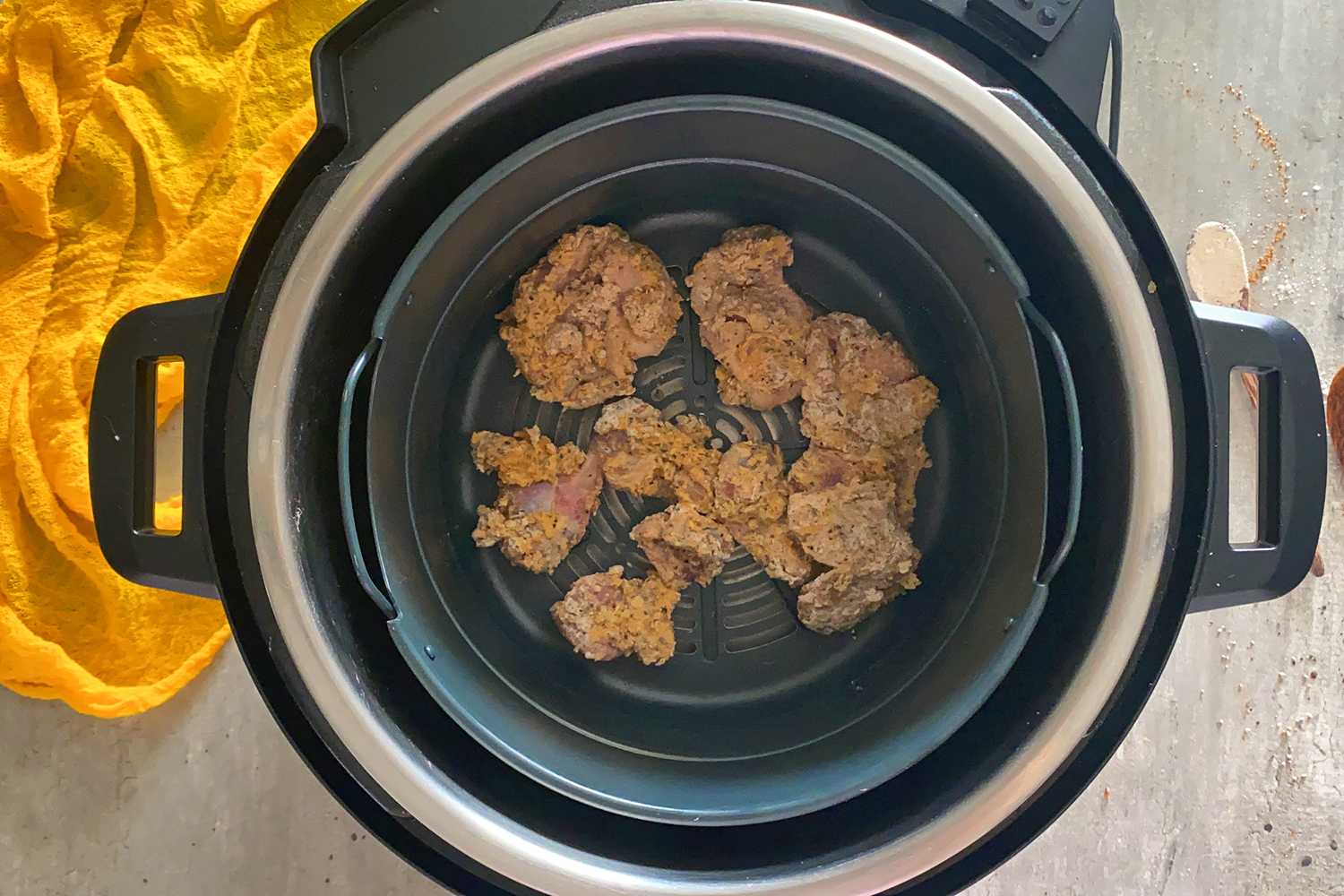
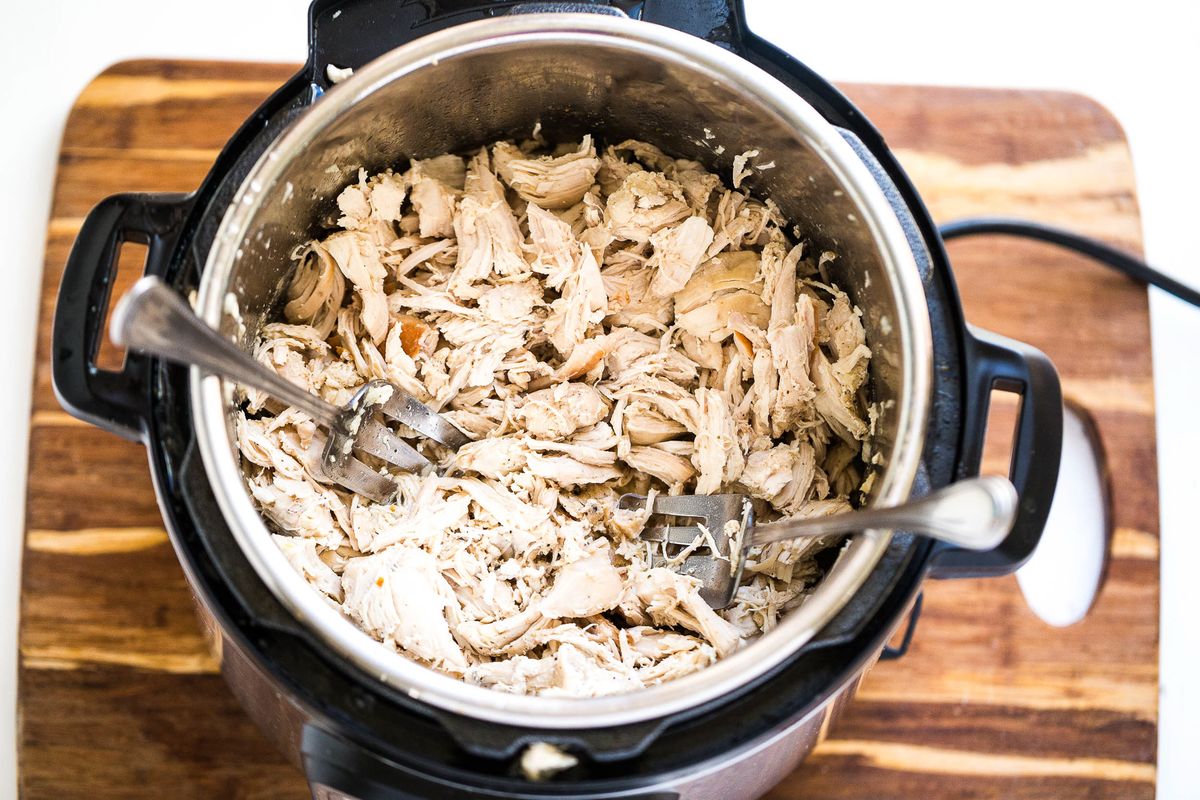
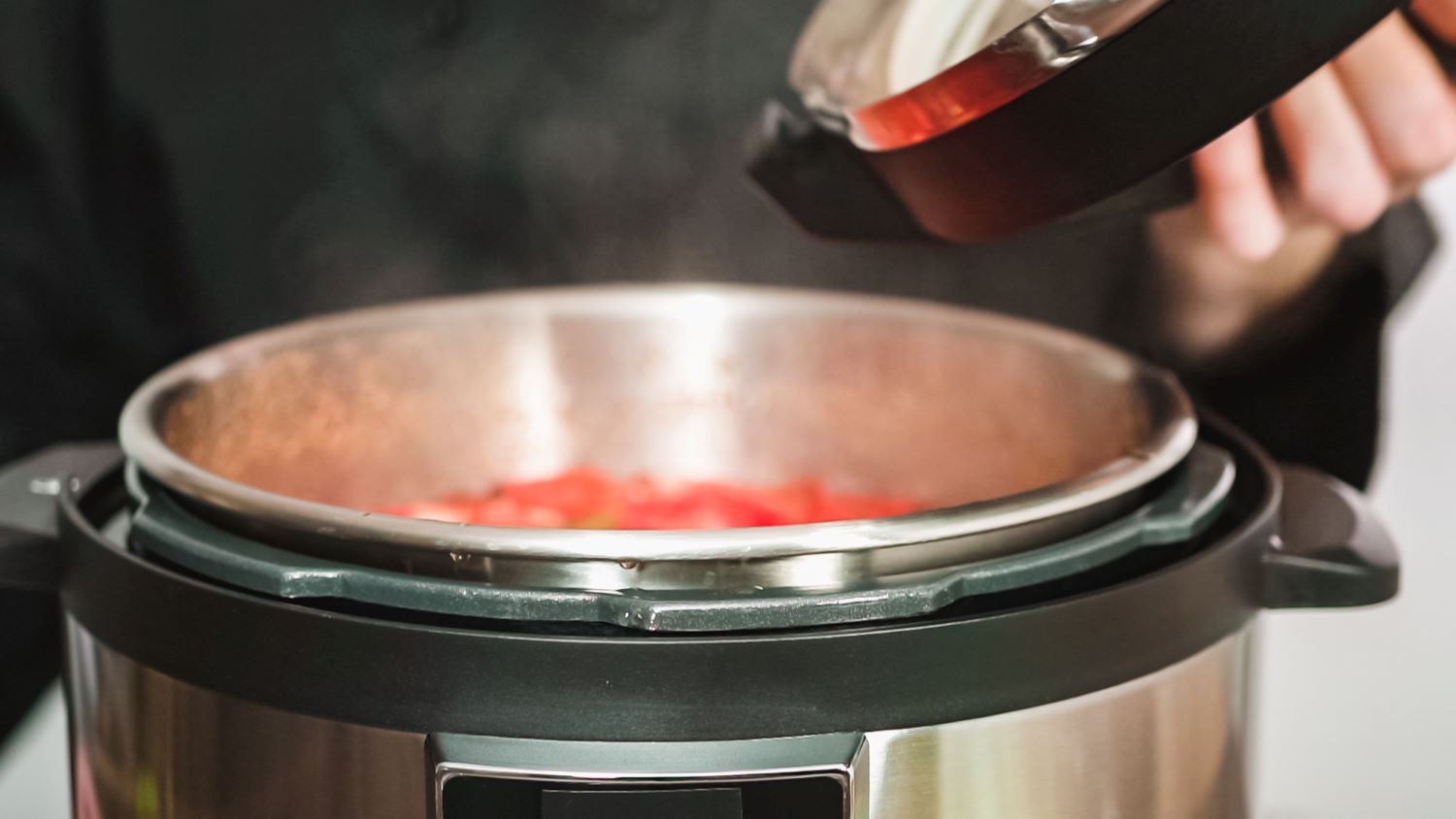
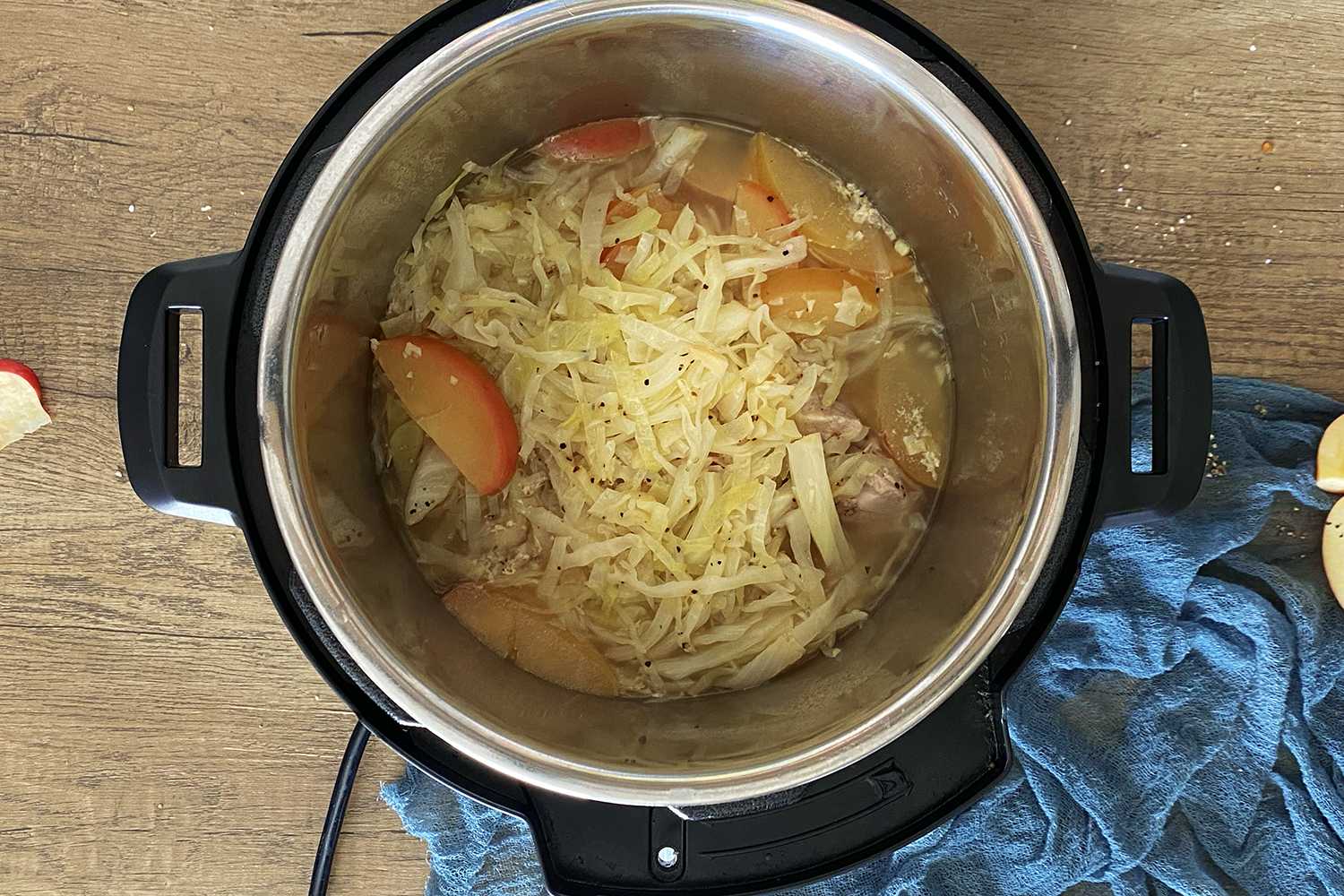
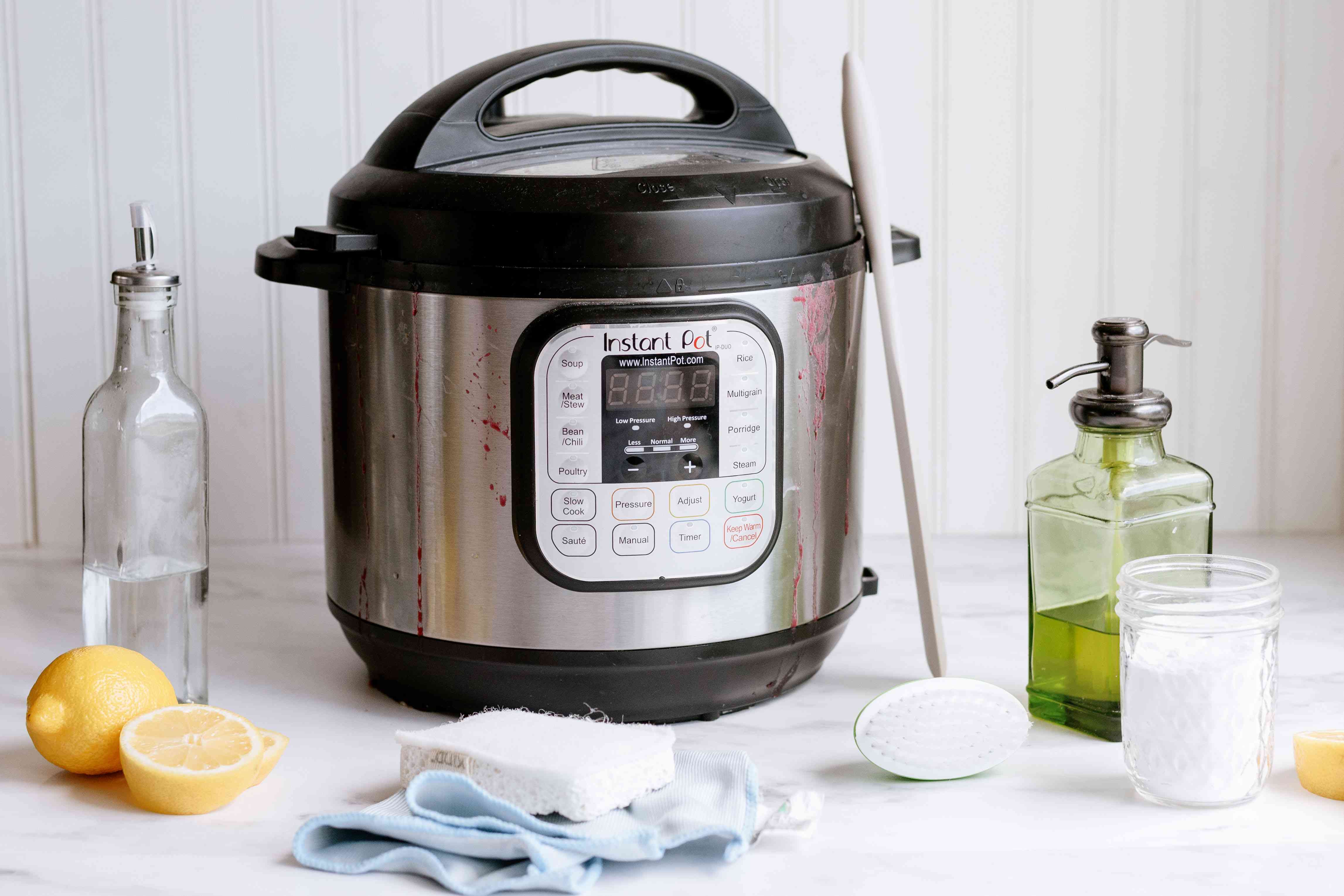
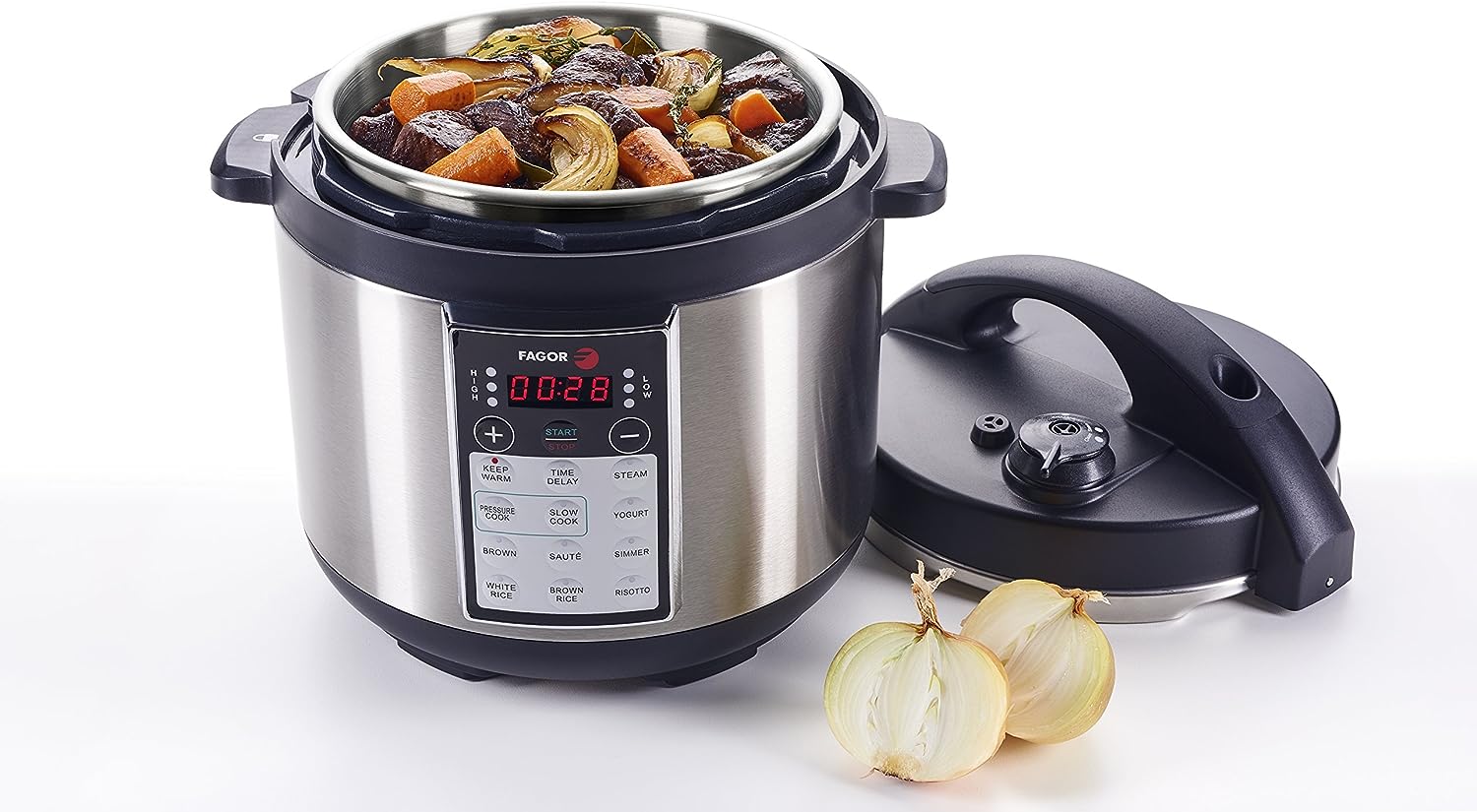
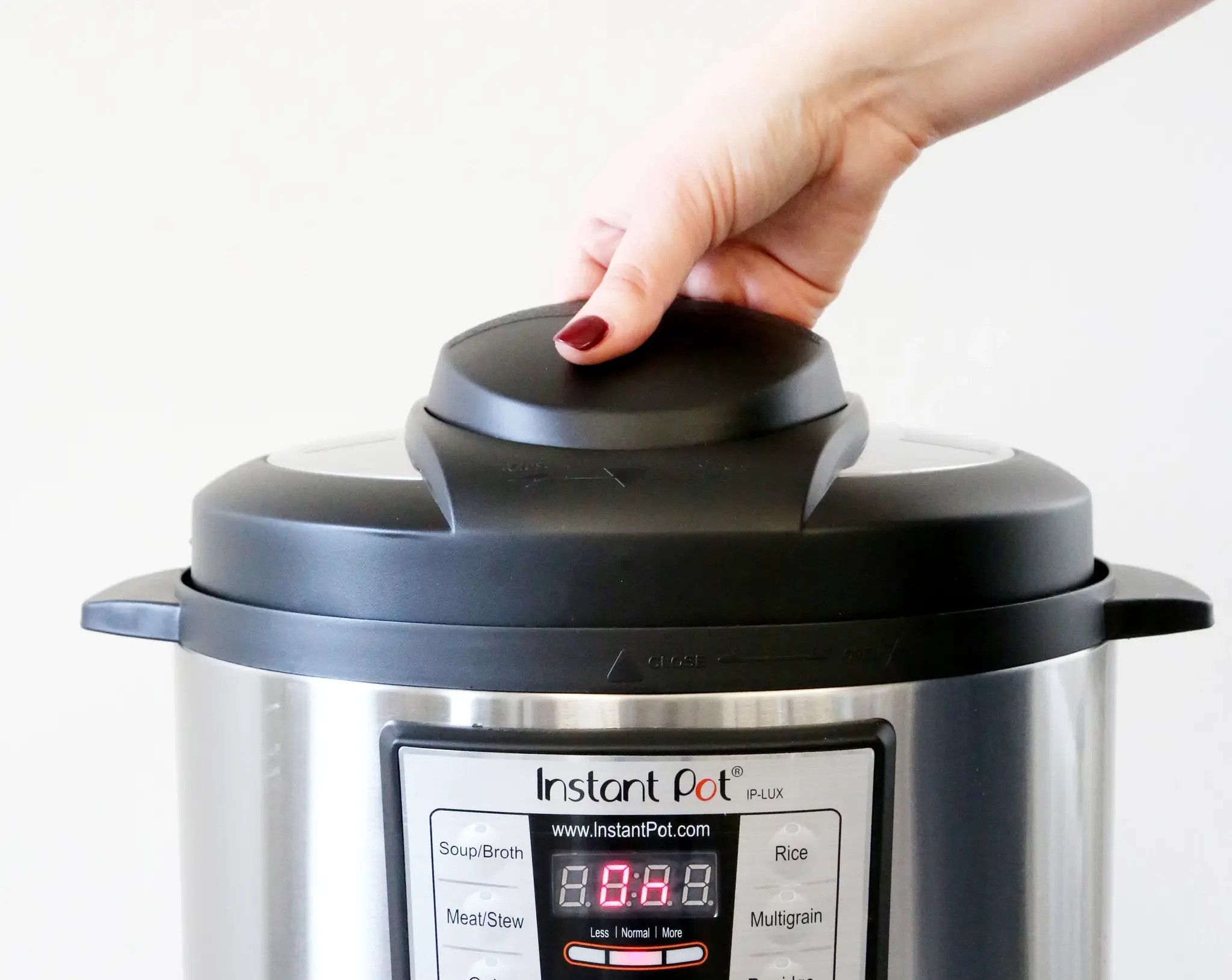
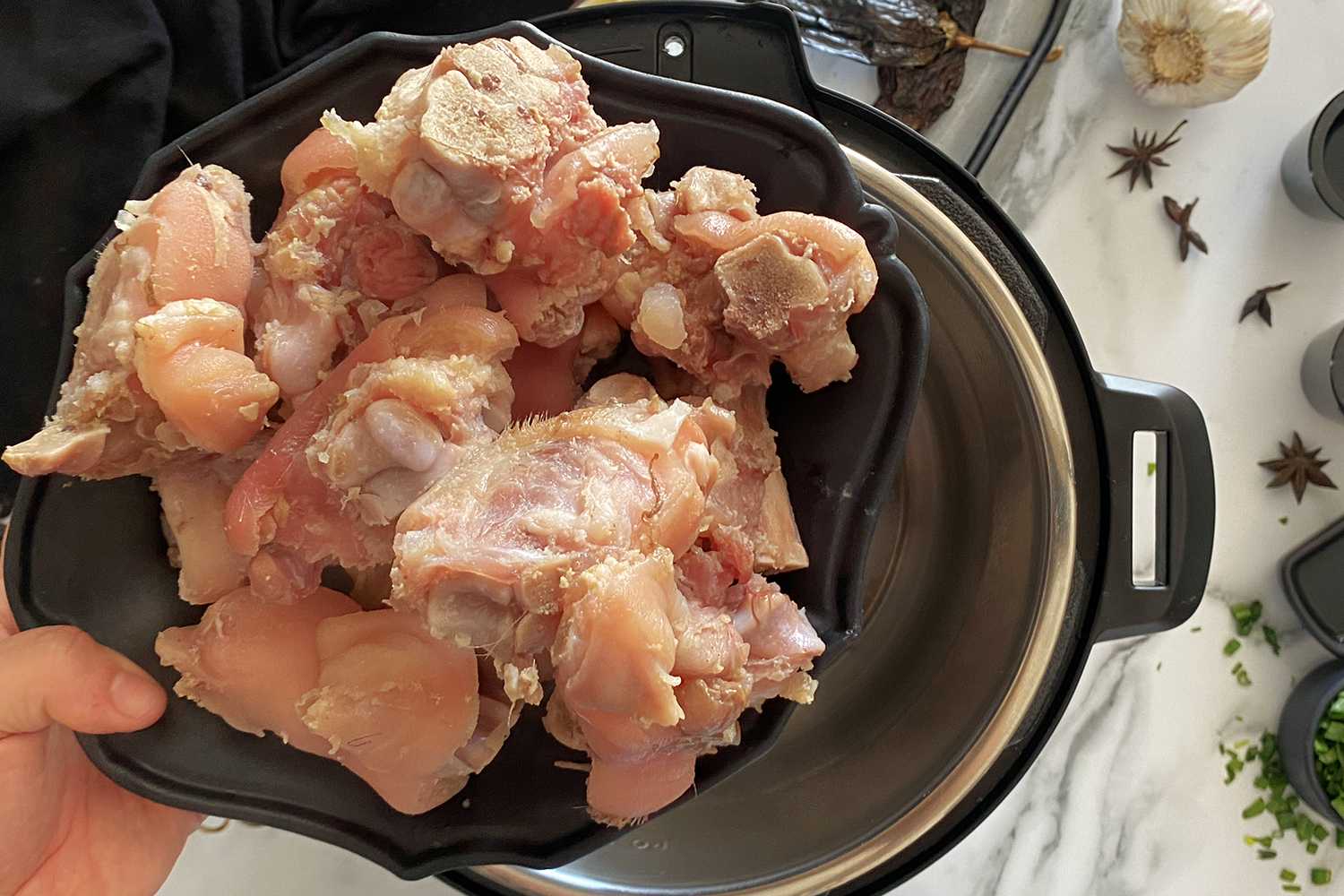
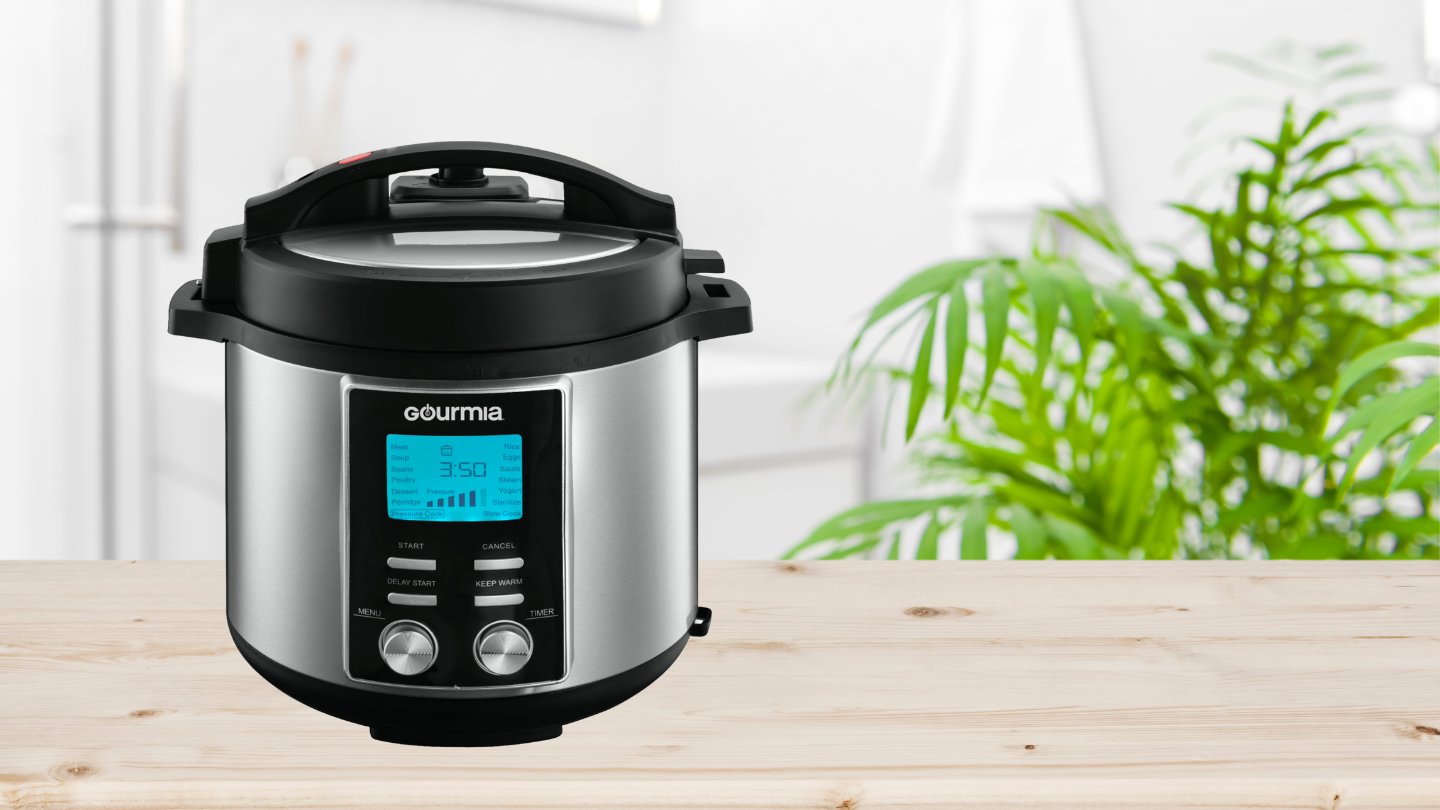
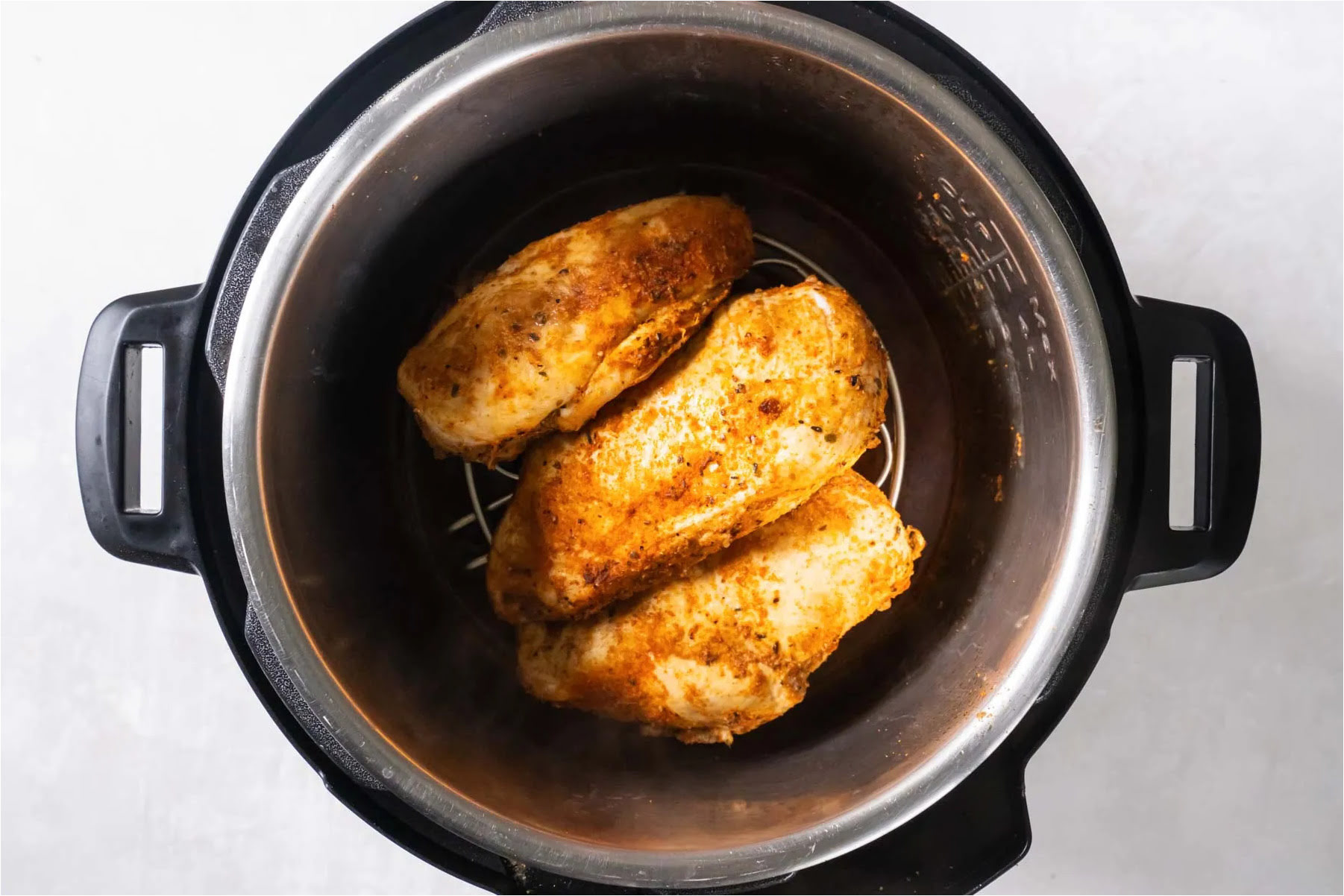
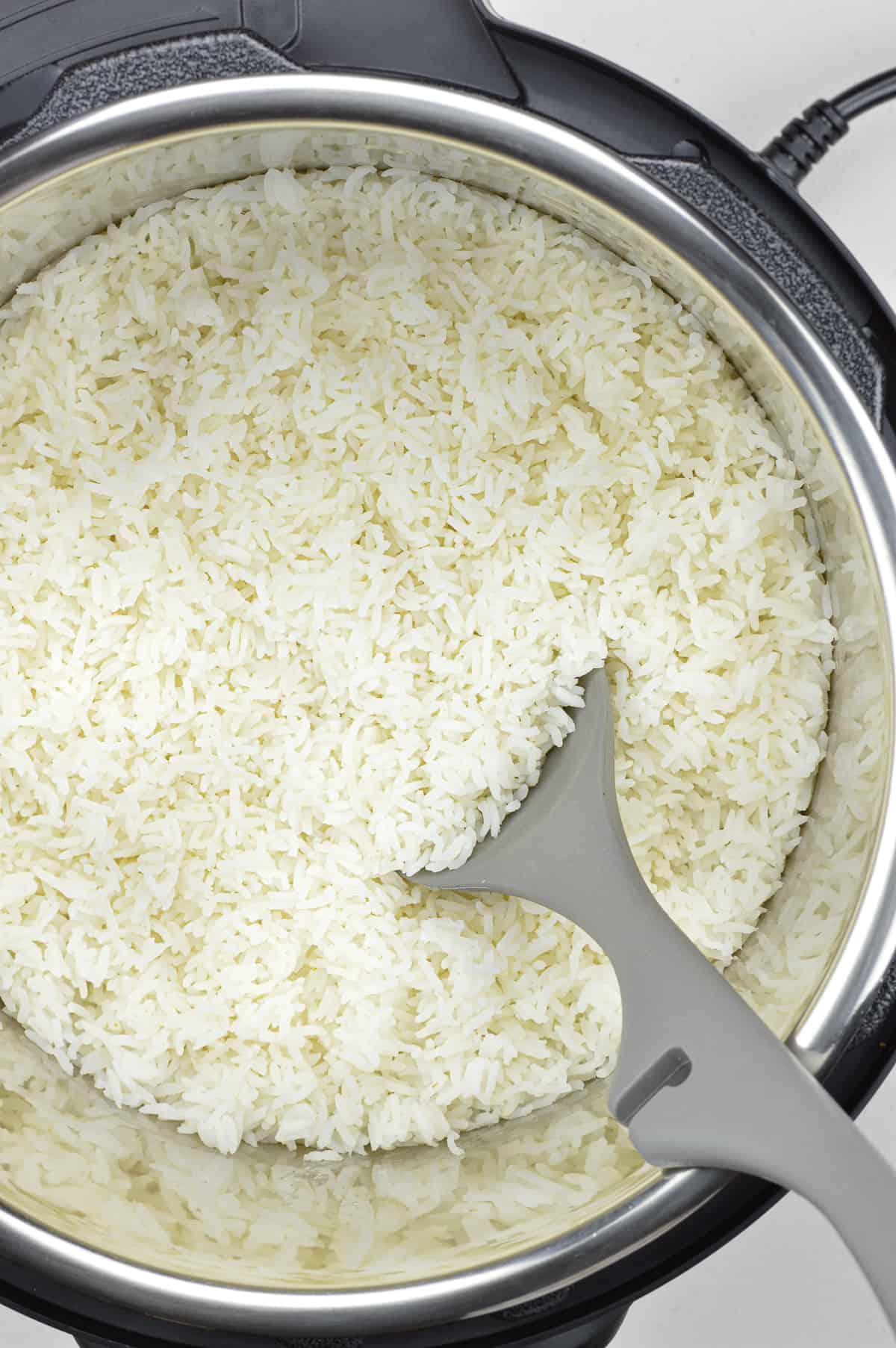

0 thoughts on “How Do I Convert A Recipe For A Slow Cooker To An Electric Pressure Cooker”